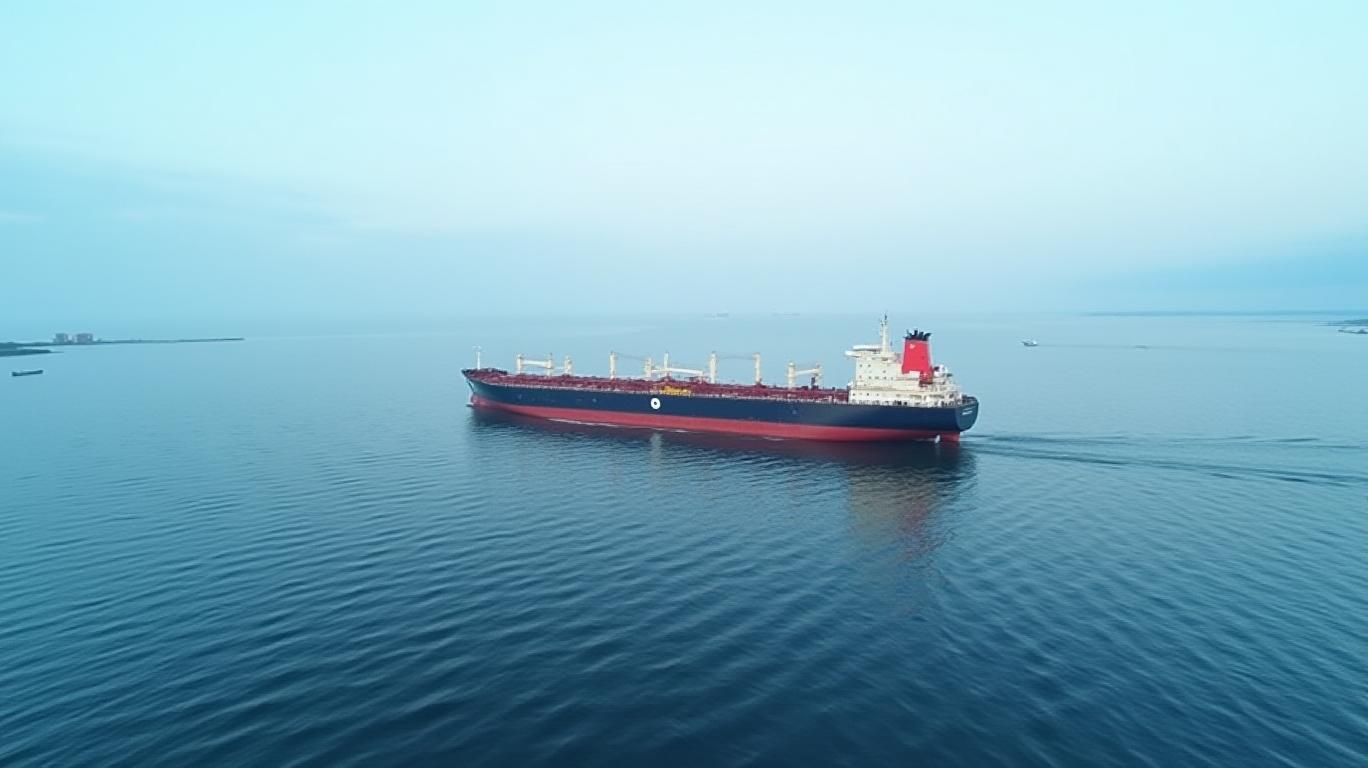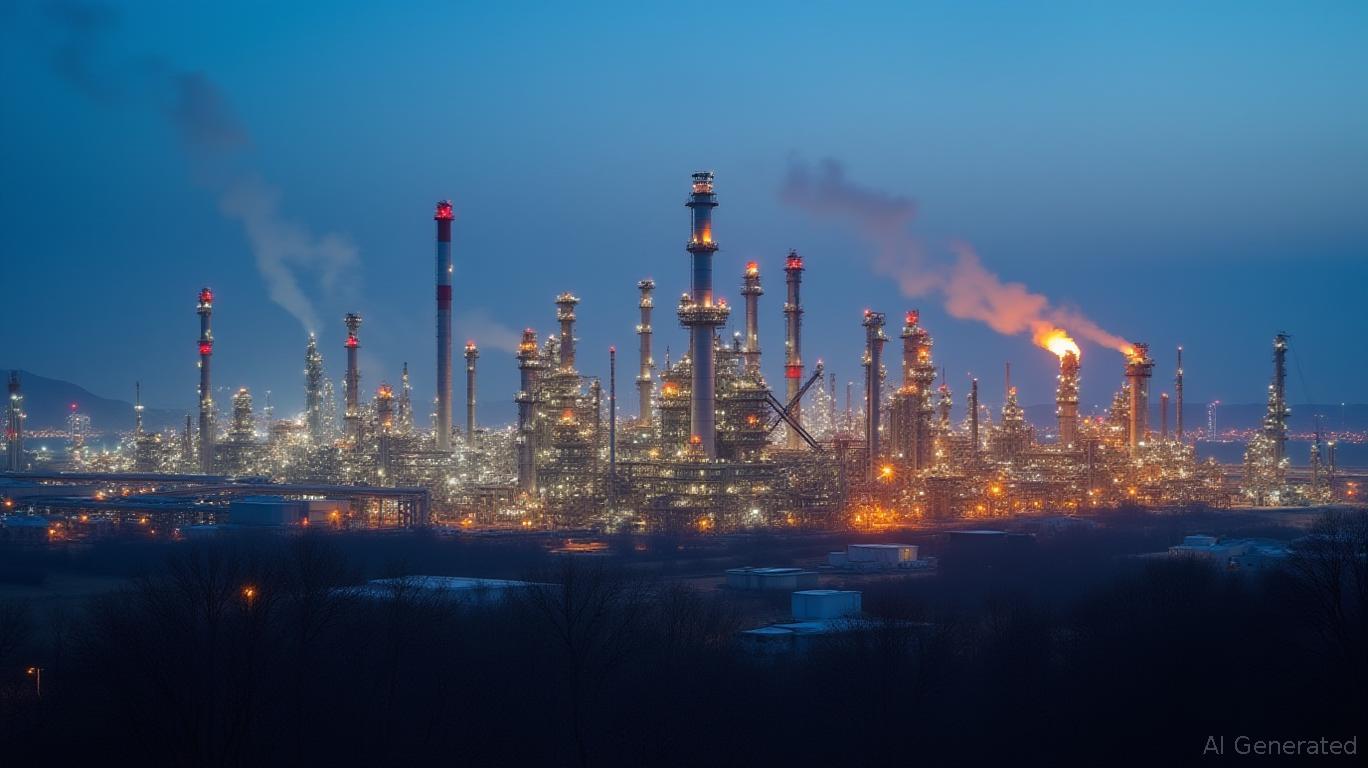Urals Oil Prices Linger Below Western Cap: A Shift in Global Energy Dynamics
The Western price cap on Russian Urals crude oil has held firm at $60 per barrel since its implementation in late 2022, but recent data reveals a stark reality: Urals prices have lingered far below this threshold, averaging between $49.6 and $59 per barrel in early 2025. This divergence—driven by U.S. tariffs, shifting shipping dynamics, and geopolitical volatility—has reshaped energy markets and created both opportunities and risks for investors.

The Cap in Context
The $60 price ceiling, imposed by the G7 to curb Russia’s energy revenue, initially aimed to strangle oil exports by denying Western shipping, insurance, and financing services for cargoes priced above the threshold. However, U.S. tariffs imposed in April 2025 triggered a sharp decline in Urals prices, pushing them below $60. By late April, Urals traded at $56 per barrel, enabling Western firms like Euronav and Frontline Ltd. to resume transporting Russian oil legally for the first time since 2022.
This shift has fueled a 12% month-over-month rise in Russian oil exports in May 2025, as lower shipping costs and expanded tanker access eased logistics bottlenecks. Yet Russia’s budgetary assumptions remain at odds with reality: its fiscal plans assume an average export price of $70 per barrel for 2025—a gap that, if unresolved, could strain government finances.
Market Mechanics and Fiscal Risks
The sustained sub-$60 price has narrowed the gap between Urals and global benchmarks like Brent. In May 2025, the Brent-Urals spread tightened to $4.50 per barrel, down from over $10 in early 2024. This reflects Urals’ improved marketability but also underscores its vulnerability to broader crude volatility. Geopolitical tensions—such as Iran’s missile tests and OPEC+ supply adjustments—have kept Brent prices elevated near $61–$65, but Urals’ discount persists due to lingering sanctions on Russian refineries and infrastructure.
For Russia, the fiscal stakes are high. At current prices, each $1 drop in Urals equates to roughly $1.3 billion in annual lost revenue for the government. With prices averaging $56 in April, the deficit relative to its $70 target totals $14 billion annually—a significant hit to a budget already strained by sanctions and low consumer spending.
Shipping and Energy Plays
The resurgence of Western shipping in Russian oil trade has buoyed companies like Euronav (NYSE: EURN) and Frontline Ltd. (NYSE: FRO). These firms, which command a large share of the global tanker fleet, now benefit from higher demand for their services.
Investors might also consider energy ETFs like the United States Oil Fund (USO), which tracks WTI crude prices, or sector ETFs like the Energy Select Sector SPDR Fund (XLE), which could gain if broader oil market stability materializes. However, geopolitical risks—including potential OPEC+ output cuts or renewed U.S.-Russia sanctions—remain key uncertainties.
Conclusion: Navigating the Crosscurrents
Urals’ sub-$60 prices have created a paradox: they ease Western shipping constraints and boost Russian exports, yet they threaten Moscow’s fiscal stability. The data paints a clear picture:
- Shipping firms (EURN, FRO) stand to gain as trade volumes rebound.
- Oil prices remain volatile, with Brent’s premium to Urals offering a short-term buffer but long-term risks tied to geopolitical events.
- Russia’s economy faces a $14 billion annual shortfall unless prices rebound—a challenge that could intensify if OPEC+ cuts supply further.
For investors, the path forward hinges on monitoring three metrics: Urals’ price trajectory relative to the cap, Brent’s response to OPEC+ decisions, and U.S.-Russia trade policies. While near-term opportunities exist in shipping equities, caution is warranted given the region’s political and economic instability. As the saying goes, in energy markets, every cap is a ceiling—and a floor.


_442a2dcc1749832873286.jpeg)
_e68fac6d1749831664430.jpeg)






